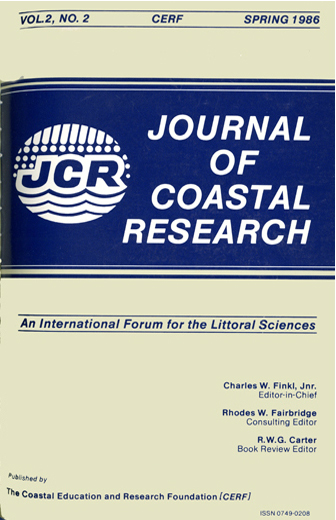Remote Sensing of Salt Marsh Reclamation in the Wash, England
Keywords:
Intertidal environments, reclamation, spectral reflectance, vegetationAbstract
Ground-based radiometry is used at a study site on the Wash estuary, England, to quantify the spectral reflectance properties of surfaces within the salt marsh environment. Measurements are made in four wave bands (465-515; 539-578; 622-664; and 778-975nm), which approximate bands 1-4 of the Landsat satellite Thematic Mapper. The aim of the study is to determine the spectral separability of the vegetation and sediment zones, and thereby evaluate the potential of remote sensing techniques for monitoring the effects of reclamation of salt marshes for agriculture. Results indicate that vegetated and non-vegetated zones may be separated into discrete units. Wavebands 622-664 and 778-975nm optimize separation of green vegetation groups, while 465-515 and 539-578nm enhance separation of non-vegetated surfaces.


